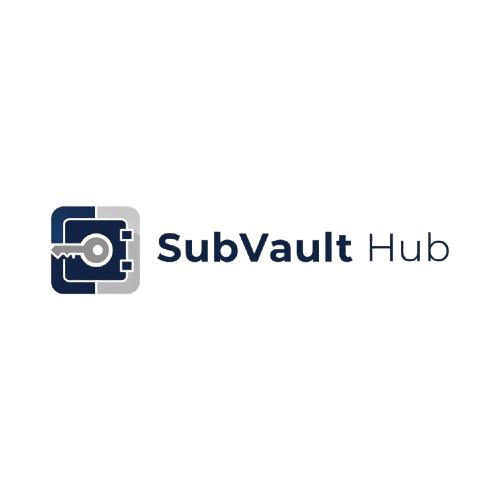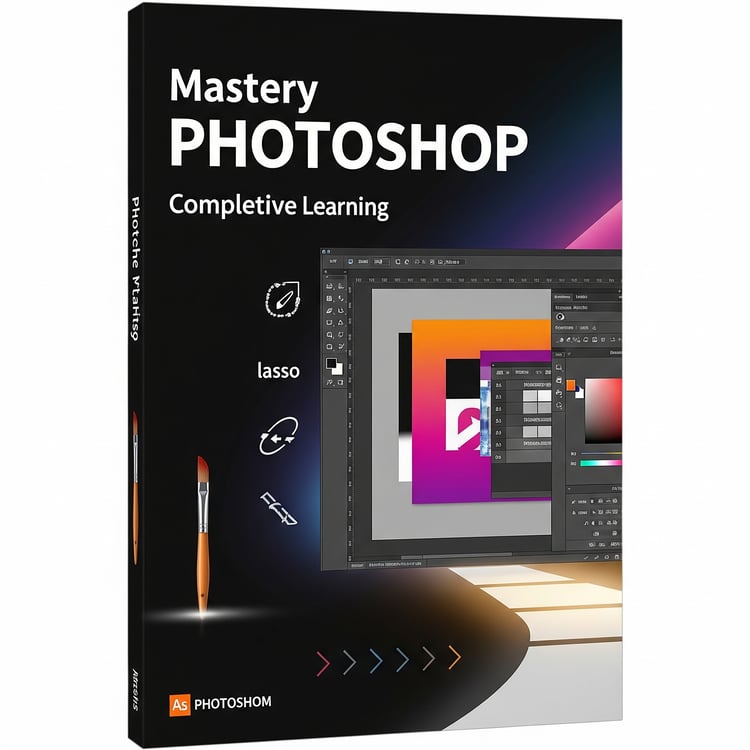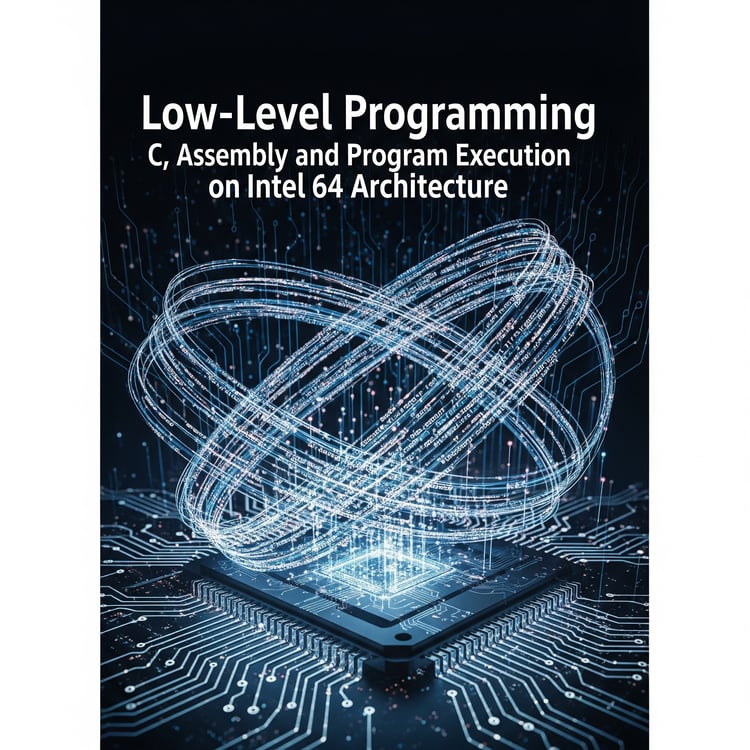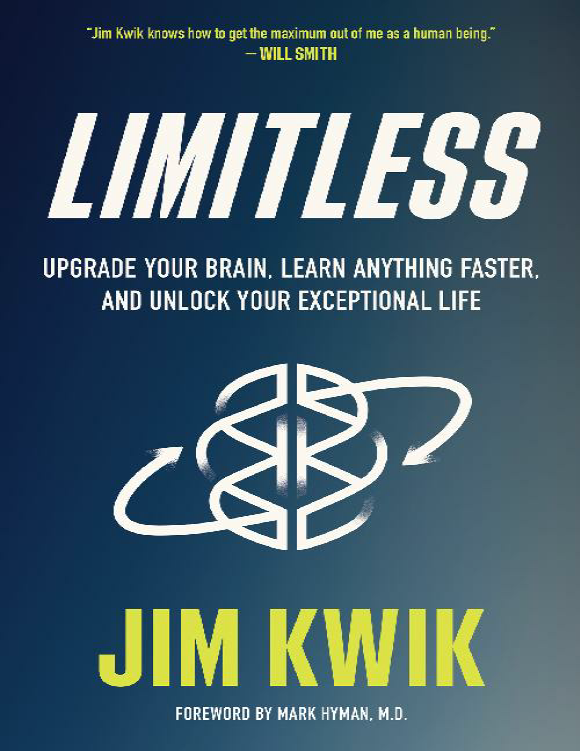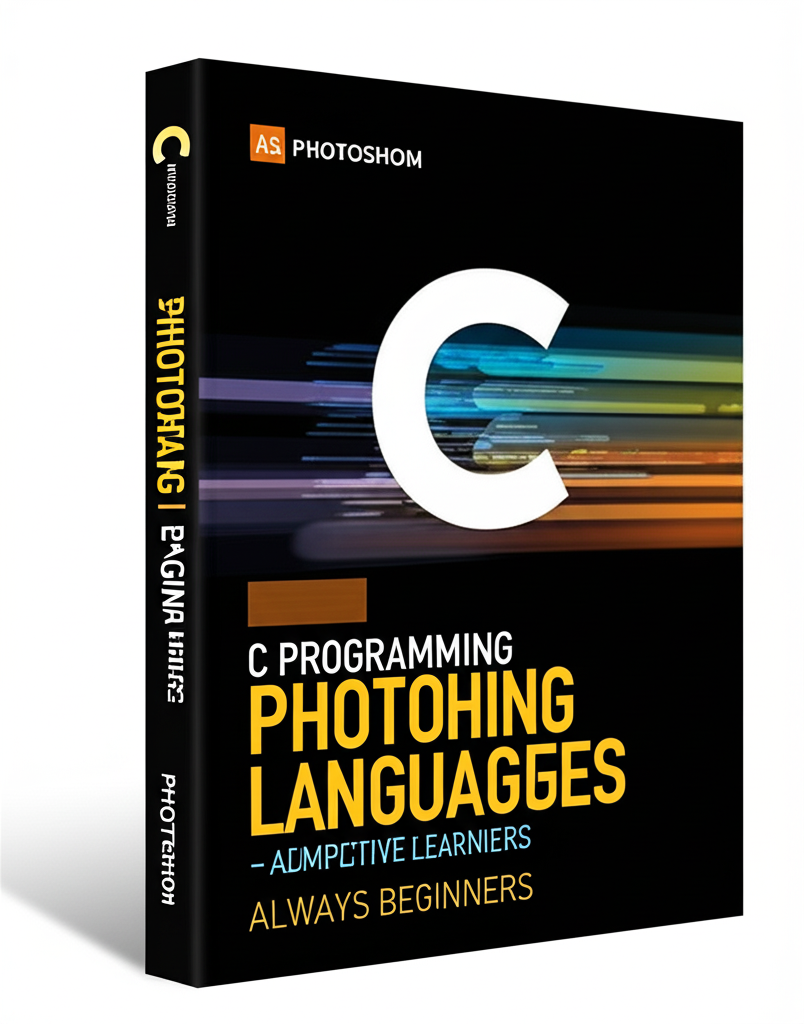
C Programming for Absolute Beginners: Learn to Code from Scratch & Build a Strong Foundation
What is C Programming?
The book starts by answering the fundamental question: "What is C?". It explains that C is a general-purpose programming language developed by Dennis Ritchie in 1972 at Bell Telephone Laboratories, initially for use with the UNIX operating system. Today, C remains highly relevant, running on various operating systems including MS-DOS (Microsoft Disk Operating System). The text highlights C's unique position as a middle-level language, combining the low-level capabilities of assembly language with the features of a high-level language. This makes C incredibly versatile, suitable for writing both system software and business applications. It's presented as a robust, highly portable, and procedural/structural programming language with a rich set of built-in functions and operators for complex programs.
Understanding Low-Level vs. High-Level Languages
The book clarifies the distinction between low-level and high-level languages:
- Low-Level Language: This section explains that low-level programming involves direct interaction with memory addresses and CPU registers. These programs convert directly into code understandable by the CPU, with Assembly Language cited as a prime example.
- High-Level Language: In contrast, high-level languages use variables and pointers to reference memory addresses and adhere to strict syntax rules. Source code is first compiled into machine code, which then converts into CPU-understandable instructions. C, C++, and Java are given as examples of high-level languages.
Getting Started: Installing and Running C
For beginners, one of the most crucial steps is setting up their development environment. This guide provides clear instructions on how to install and start C:
- It recommends downloading a freeware C language compiler from the web, highlighting Turbo C as a popular choice.
- The book walks you through the steps to install Turbo C, including running the TURBOC.exe file with specific options to create the necessary TC folder and then executing TC.exe to launch the Integrated Development Environment (IDE).
This overview suggests the book is well-suited for someone with no prior coding experience, eager to understand the basics of C programming and its fundamental role in computer science.
